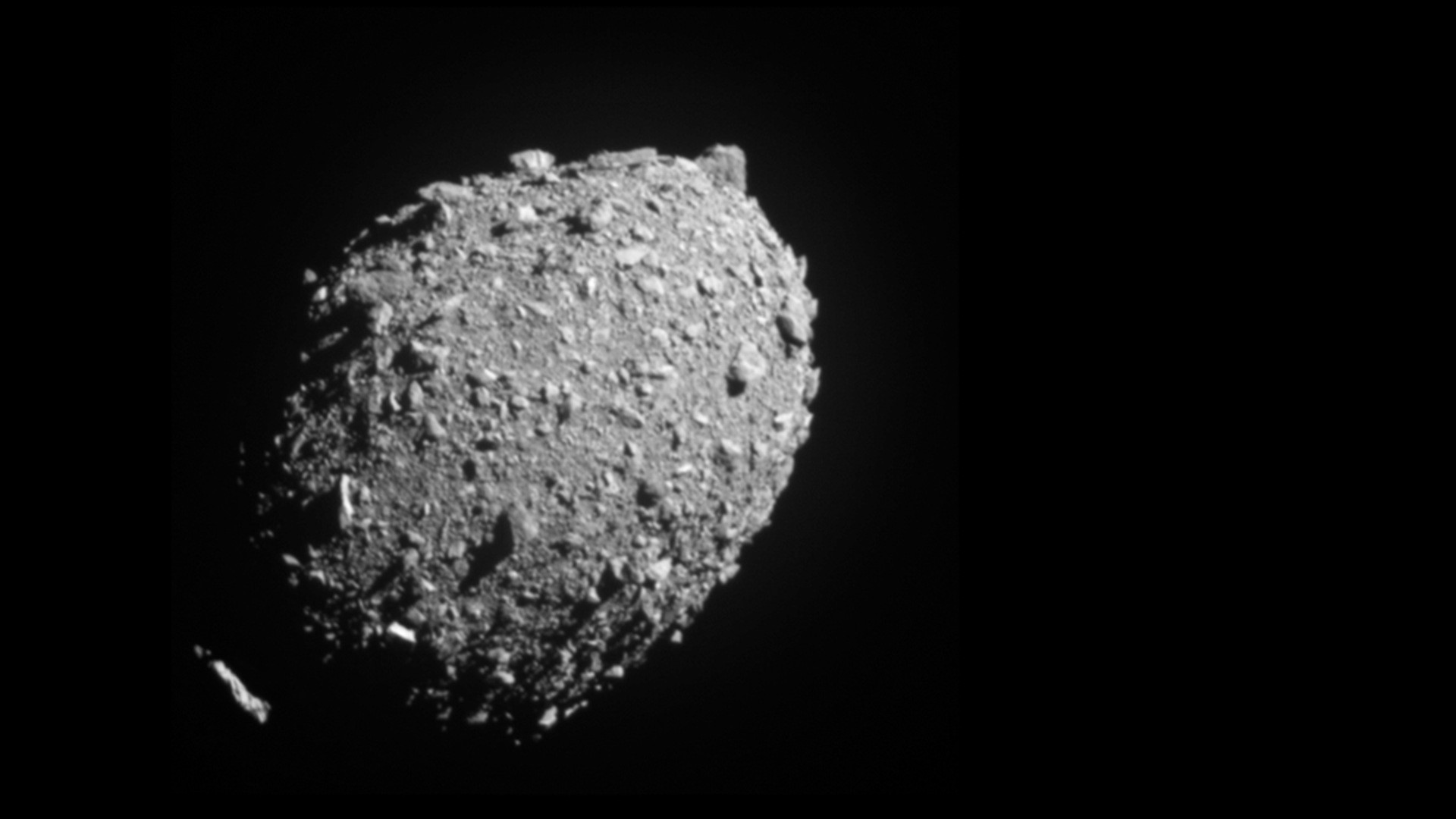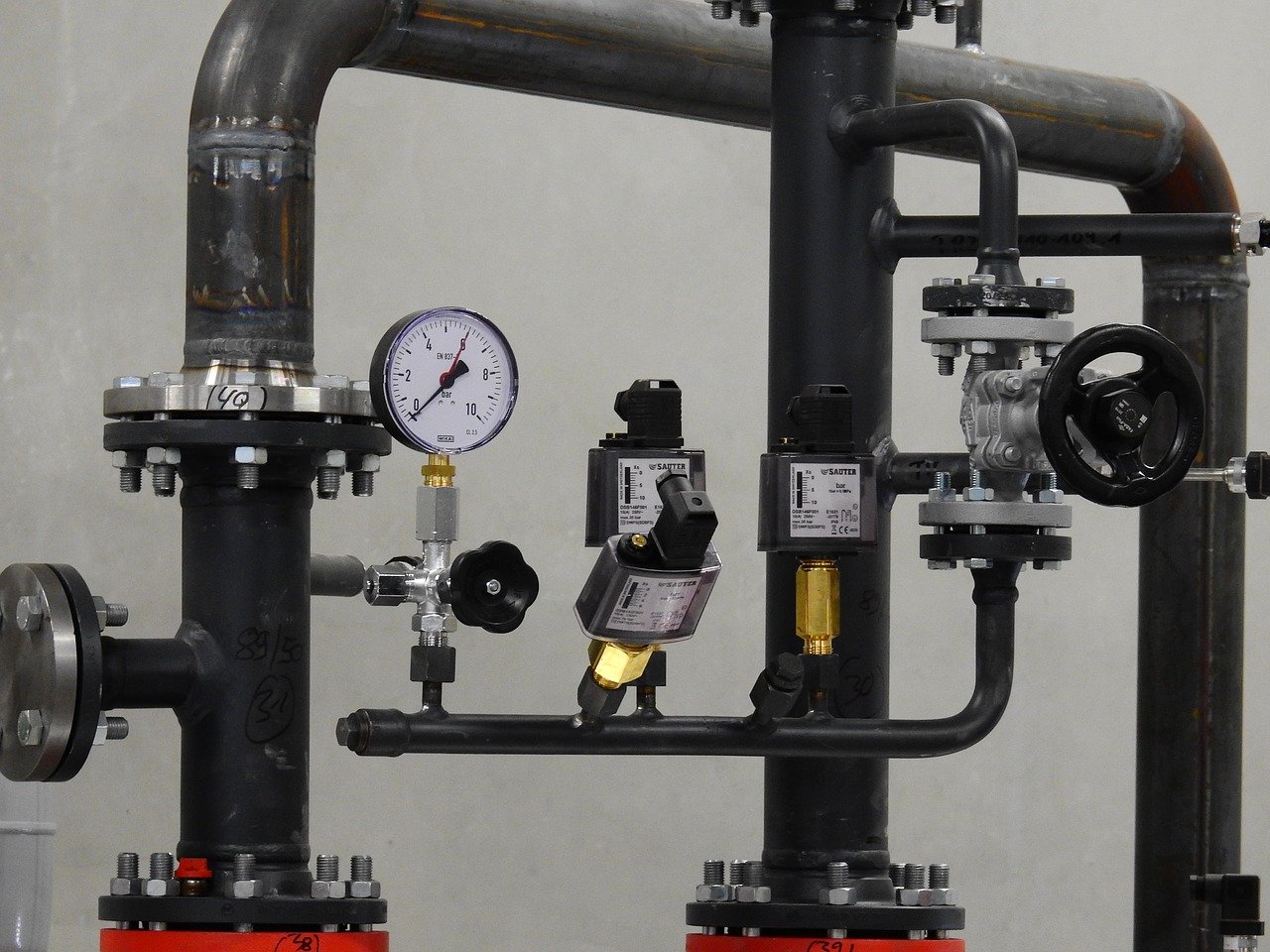China is planning to launch an ambitious lunar radio telescope project called the “Discovering Sky at the Longest Wavelength” or Hongmeng Project. This groundbreaking initiative aims to deploy a constellation of satellites in lunar orbit to establish a highly capable radio telescope. Scientists have plans to launch a telescope array that will orbit the moon and gather valuable information about its surface.
Unlocking new insights about the moon’s composition and characteristics
This novel approach will help astronauts delve into the mysteries of the universe, particularly in an electromagnetic spectrum that remains inaccessible from Earth’s surface. The envisioned lunar array would comprise a central “mother” satellite along with eight smaller “daughter” satellites. The Chinese National Space Agency (CNSA) plans to create this radio telescope by 2026.
This endeavor will help in overcoming the challenges of surveying the moon from Earth by taking advantage of the proximity and unique vantage point offered by lunar orbit.
Xuelei Chen, an astronomer at the CNSA, said, “There are a number of advantages in doing this in orbit instead of on the surface because it’s engineeringly much simpler,”
“There is no need for landing and a deployment, and also because the lunar orbital period is two hours, we can use solar power, which is much simpler than doing it on the lunar surface, which, if you want to observe during the lunar night, then you have to provide the energy for almost 14 days.”







